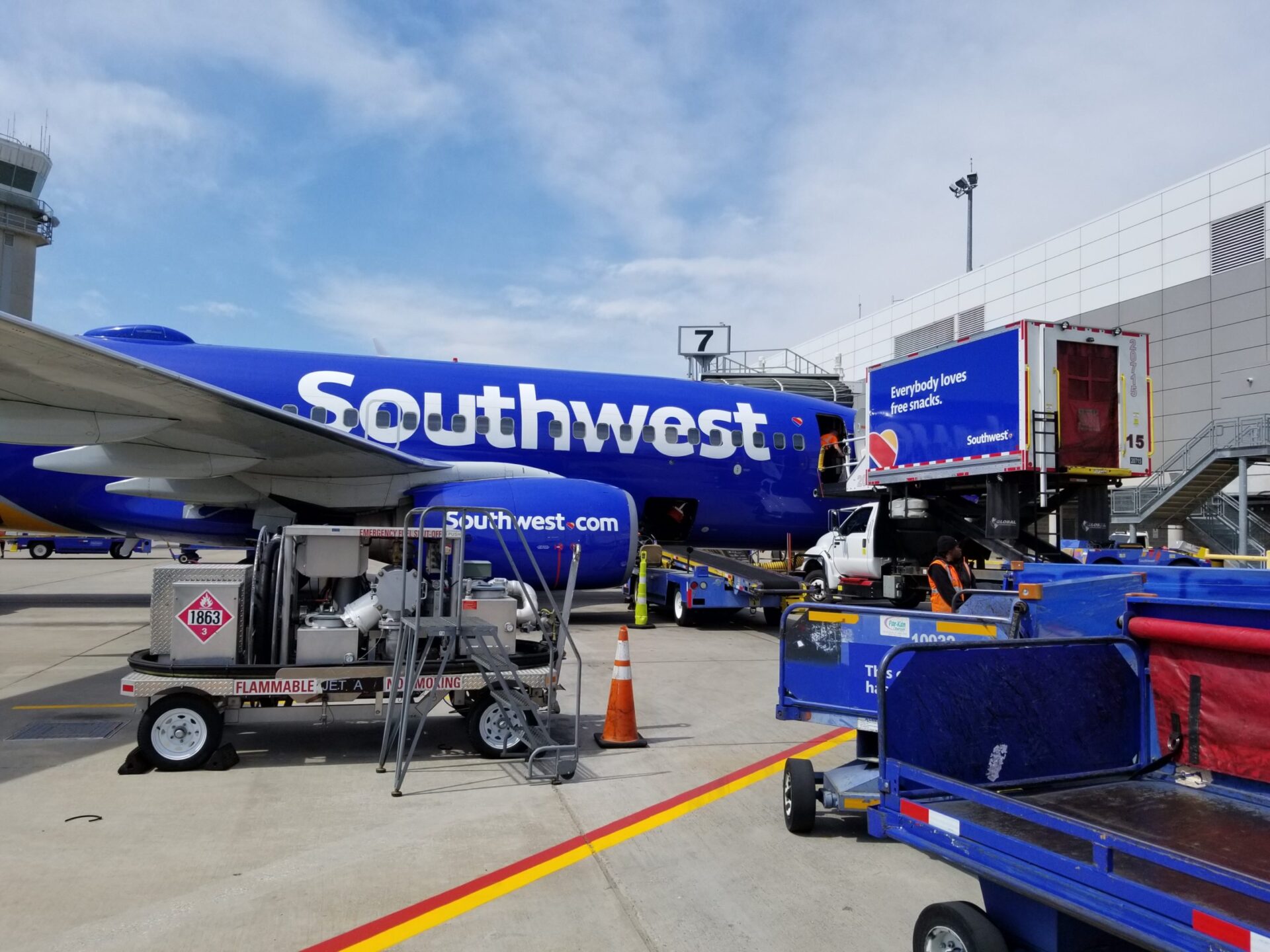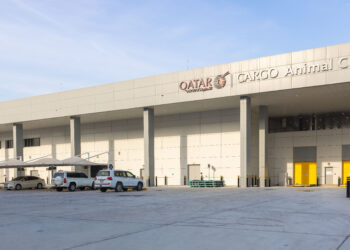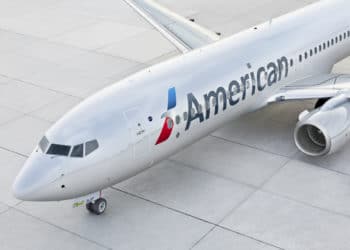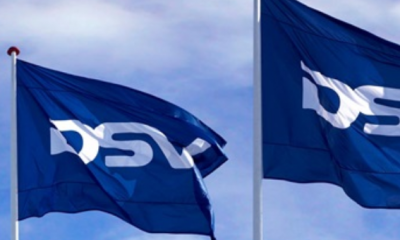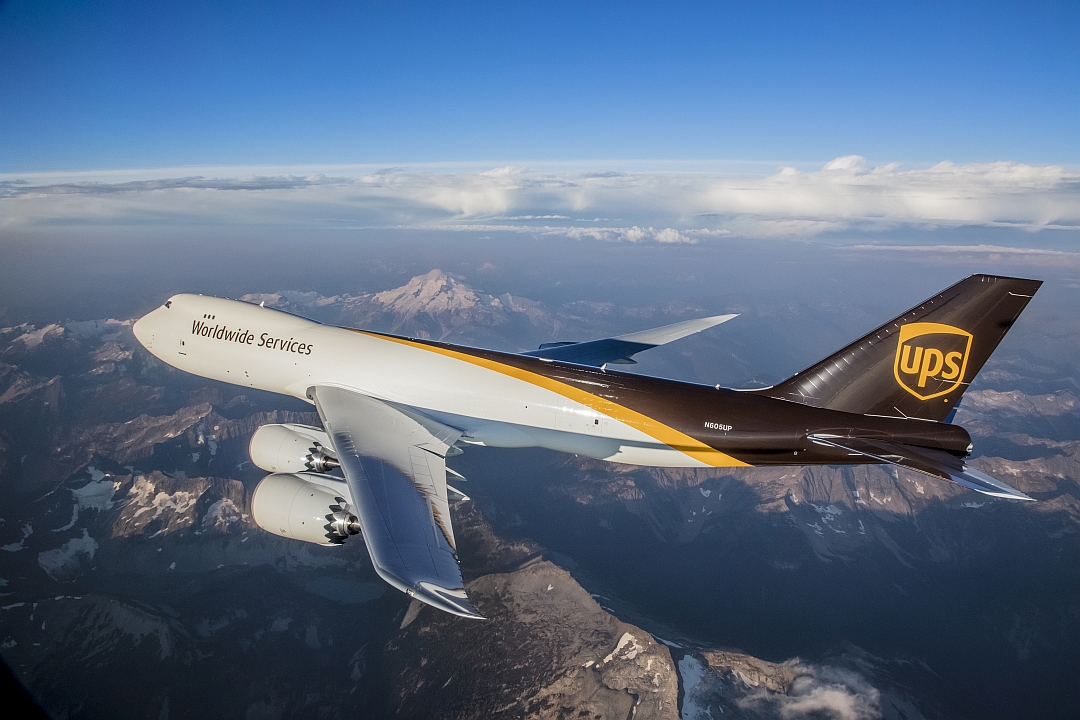No products in the cart.
Freight 50: Strategies for cargo carrier success
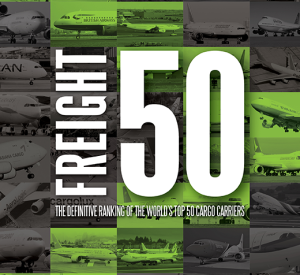 At the top of the heap
At the top of the heap
UPS grew operating profits and expanded margins across all three segments: U.S. Domestic Package, International Package, and Supply Chain and Freight. “The International segment set a new high in second quarter operating profit, rising more than 17 percent,” the company said. “In the International segment, we expect to see positive momentum continue in the second half of the year, with operating profits at the high end of our six to 12 percent range.”
Other top performers included Hong Kong-based Cathay Pacific, which rose to the No. 3 position in the international category, with 1.50 million tonnes carried; Japan’s All Nippon Airways, which saw its traffic rise by 13.7 percent in 2014 to 1.21 million tonnes, earning it a spot at No. 8 on the combined total list; and Qatar Airways, which increased its total handle by 15.6 percent to 1.16 million tonnes in the No. 10 overall spot.
Fast risers
There wasn’t much movement among the dozen or so carriers that carry more than a million tonnes of cargo per year, but things got a lot more interesting in the mid-size operations, where some companies have been quietly sneaking up the ranks.
One of these companies, Russia-based AirBridgeCargo (ABC), has been so successful at gaining market share it can hardly be called sneaking anymore. ABC, the scheduled-service arm of the Volga-Dnepr Group, boosted its cargo traffic to 517,000 tonnes last year, an increase over the previous year of 21.4 percent. Since then, the pace has not slowed, as ABC reported cargo volume up 17 percent to 218,000 tonnes for the first half of 2015. While its 20-freighter order of 747-8Fs at the Paris Air Show raised eyebrows in July, it’s not hard to see why the carrier continues to add capacity. ABC’s Executive President Denis Ilin said its main strategy in the face of tough competition from the European and Middle East carriers is to focus on the niche markets that others rarely seek, such as oversize cargo that needs his fleet of nose-loading 747-8Fs.
“I always try to avoid complaining about competition,” he said. “Yes, the Mideast carriers are big. You can be jealous, you can be sorry, but it’s part of today’s world.”
Another rising airline with feet in both the Europe and Asian markets is Turkish Airlines Cargo. At No. 20 on the overall list, with 630,000 tonnes carried in 2014, Turkish posted a 17.1 percent rise over the previous year. “The success of Turkish Cargo is an evolutionary phenomenon as opposed to a revolutionary event,” states Halit Anlatan, vice president, sales and marketing, for Turkish Cargo. He described the carrier’s policy as one of “managed growth.” Turkish Airlines, he said, “has methodically added new freighters to its network as supplementary capacity to ensure our continued ability to feed our expanding belly network. In essence, we strive for a balance in the entire network as opposed to focusing purely on the trunk lanes served by our freighters.”
In recent months, Turkish has added freighter routes to Chicago, Lahore in Pakistan, Bahrain, and Dakar, Senegal. By the end of 2016, Anlatan added, the carrier plans to increase its total cargo volume to 1 million tonnes per year.
Growing at an even faster clip was Hong Kong Airlines, which breached the 300,000-tonnes-per-year mark for the first time in 2014, and now holds the second-largest market share in Hong Kong International Airport (HKIA). Although it grew from a smaller base than Turkish or ABC, traffic for HK Airlines, No. 39 on the Freight 50 list, rose by an impressive 38.1 percent, compared to the previous year, and shows no signs of stopping.
The airline received its fifth A330 freighter earlier this year, and uses additional space on other airlines’ flights to high-demand destinations, as needed, said the carrier’s cargo director, Zhang Jianjun. Annual cargo revenues, he added, have increased by 29 percent, while total capacity rose by 25 percent.
Page 1 of 4

